The Edinburgh Festival Fringe Society has identified six pillars that will support its approach to sustainability, informing its current activities and commitments.

Pillar One:
Whole life cycle carbon costs
Everything we do has a carbon cost, high or low, which adds up at every stage of its life cycle. If we want to reduce our overall carbon cost while continuing to grow our organisational capabilities, we need to be able to evaluate our activities against this entire carbon life cycle, and reduce emissions where possible. We also need to ensure that the long-term incentives and benefits of this process are built into how we allocate our resources, so that there is less conflict between acting ethically, generating income and reducing our expenditure.

Pillar Two:
Uncapping funding for business cases
Over the last four years, the Fringe Society has invested money in improving how it runs its buildings and replacing equipment with more efficient models. Over the next five years we will work with stakeholders to create a business case for moving away from physical tickets to e-ticketing and explore capital funding for a new home.

Pillar THREE:
Better information
We will improve the way we present our data and communicate with our team, external contractors, participants and audiences. We already have financial systems in place to account for business travel; the next stage will be to ensure that this same process is adhered to by our Board and the processes and results are made publicly available on our website. Air travel will need to be offset as it is unlikely this can be reduced further. We will work with our senior managers to establish a travel partner and ensure that offsetting is ethically managed.

Pillar FOUR:
Providing options
We will continue to provide options to our staff and Board of Directors, particularly with respect to procurement, staff commuting and business travel.
This doesn’t necessarily mean discouraging individuals from attending international conferences or events, or travelling to share their artforms, as these activities help spread knowledge, encourage cultural exchange and develop individuals’ careers. However, we will try to support such travel through offsetting carbon and providing alternative travel options, as well as implementing better video conferencing facilities.
Providing options for our staff is the most significant way we can change behaviours. This is about supporting and encouraging behaviours that lead to better carbon outcomes, and making the benefits clear for everyone involved, rather than “punishing” current behaviour.

Pillar five:
Promoting and assessing behavioural change
To ensure we promote and assess behavioural change, we need to provide accurate and manageable information on the options available to all parties, as well as the opportunity to select them.
For example, we’ll provide all staff and stakeholders with clear energy usage and devolve emissions expenditure – including energy, waste and travel – to departmental budgets, letting each team within the Fringe Society assess its usage and develop plans to improve against those benchmarks.
As the Society and other Fringe stakeholders begin to make use of these options and embed carbon awareness into their processes, we will be able to observe the changes and better understand behaviour.

Pillar SIX:
Analysis, reflection and dissemination
For each of the activities we undertake as we implement this strategy, we will monitor their impact and use this information to refine our approach. This will help us understand where our peers are doing better, and provide the groundwork for sharing success.
Since the Fringe Blueprint was produced, we have seen an increased interest and focus on the green agenda and the Society has updated its commitments to align with Scottish Government and City of Edinburgh 2030 targets. The Society has made demonstrable changes to the way it operates and, in areas we have no direct control, we are working with all our partners and stakeholders to support and lead change.
Photographer credits: David Monteith-Hodge, David Wilkinson

